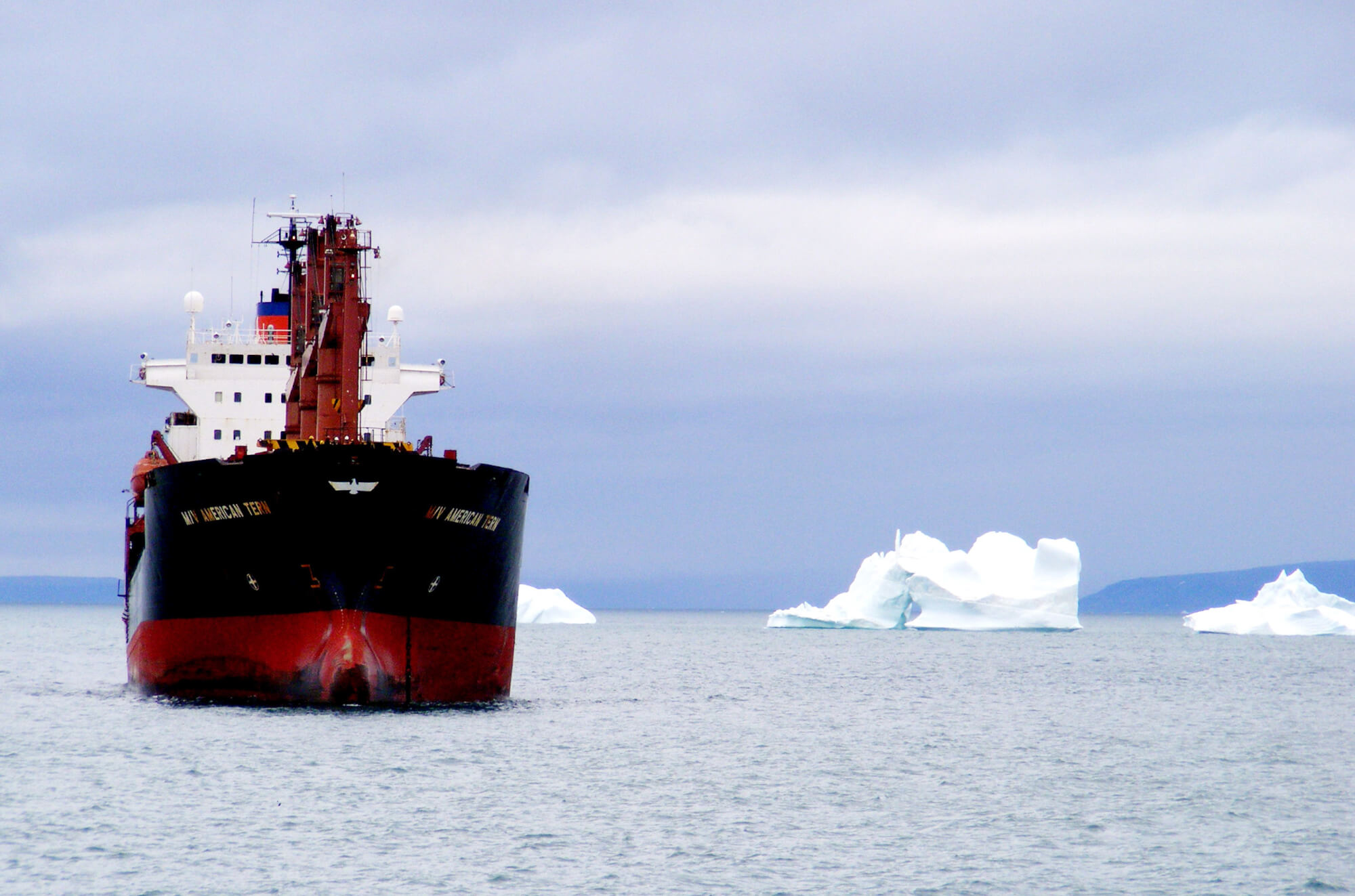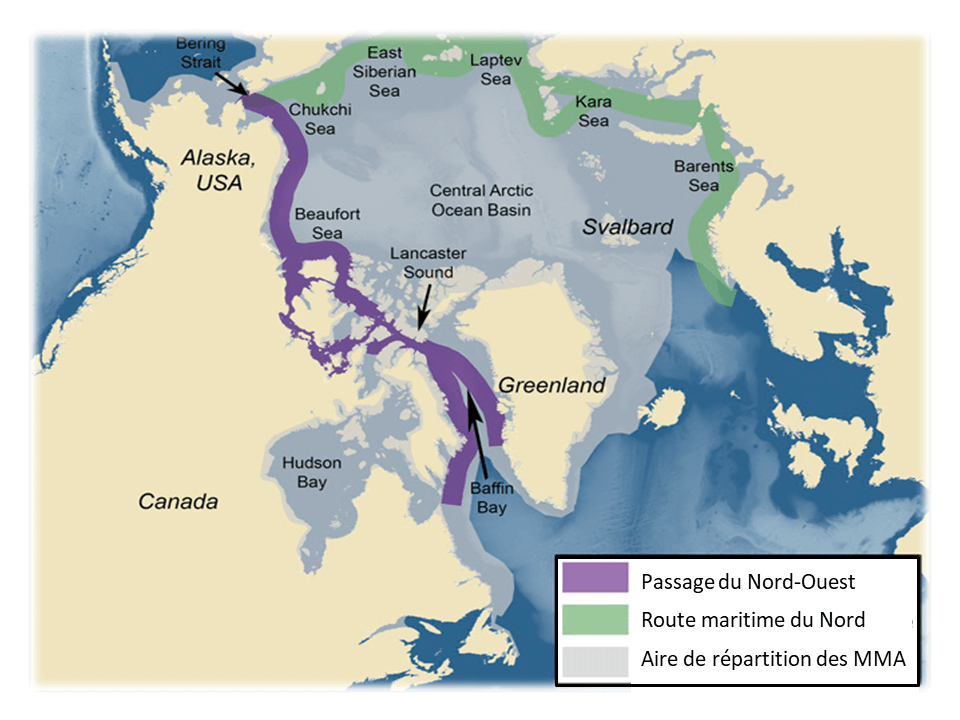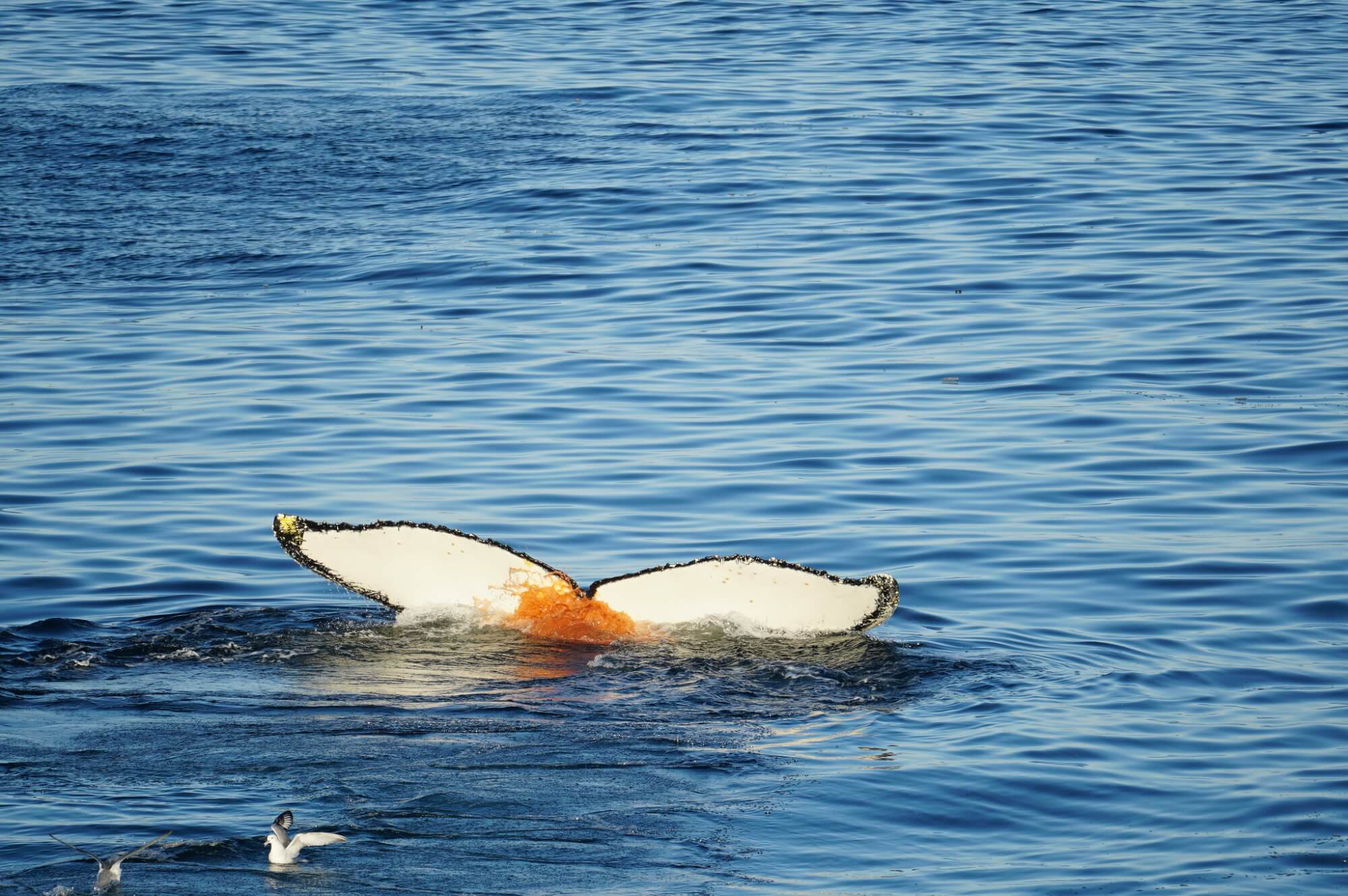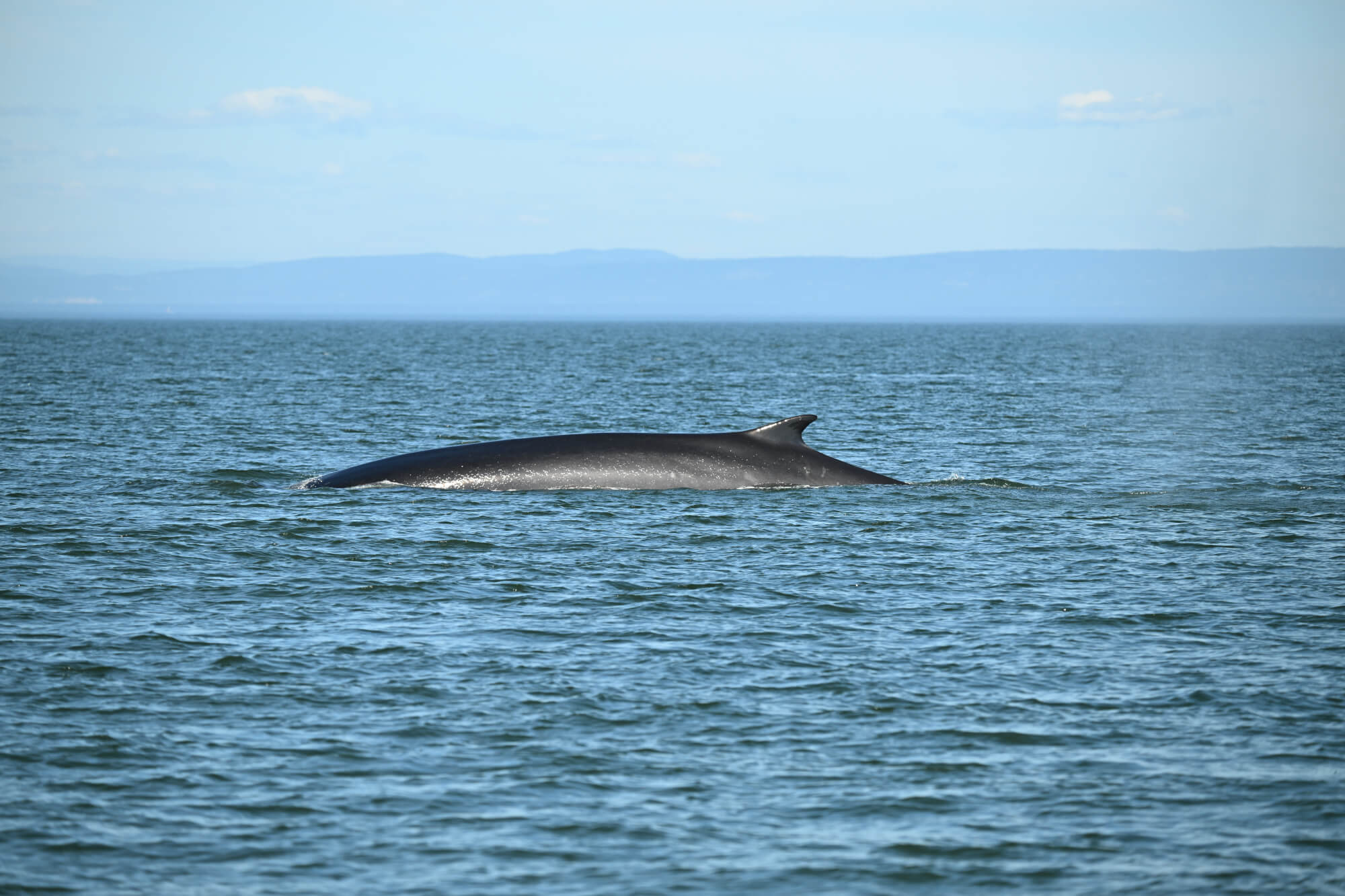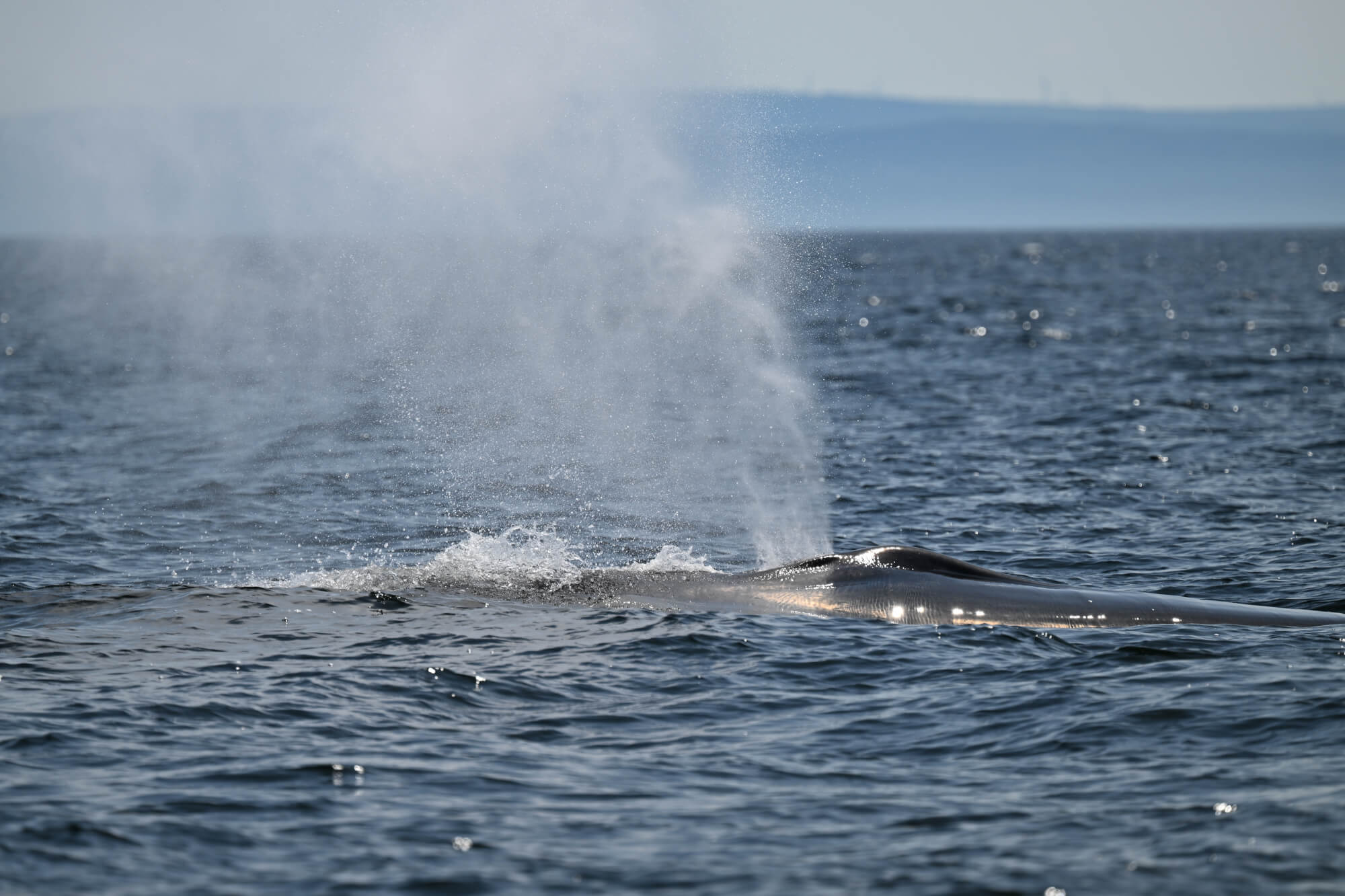With Arctic shipping routes increasingly used by merchant shipping, an ice-free Arctic Ocean could put the resistance and adaptability of marine mammals to the test. Ship strikes and increased light and noise pollution can be problematic for whales and seals. Experts expect these problems to become more and more common with the emergence of Arctic shipping lanes such as the Northwest Passage and the Northeast Passage.
Dany Dumont, oceanographer at the Rimouski Institute of Ocean Sciences (ISMER), explains that, according to some climate models, “within the next few decades, in September, when the Arctic is at its warmest, it will be possible to pass directly through the North Pole. In this context, how can the promising economic development of the Arctic Ocean be reconciled with its increasingly vulnerable ecosystem?
Assessing the vulnerability of marine mammals
The study conducted by Donna Hauser and her collaborators demonstrates the vulnerability of 42 of the 80 Arctic marine mammal subpopulations sampled. Of the seven species observed, narwhals, walruses, bowhead whales and belugas are at high risk with regard to shipping. The narwhal is particularly sensitive, since its range, which occupies about a quarter of the Arctic, lies smack in the middle of several shipping lanes.
Cetaceans inhabiting the Arctic are migratory animals that follow corridors that have been established for generations. They are also faithful to certain feeding grounds in highly productive waters. The Northwest Passage and the Northeast Passage overlap these popular feeding grounds and fall migration routes. Furthermore, certain geographical features form bottlenecks and force ships and marine mammals to share a very limited area. The Bering Strait and Lancaster Sound are areas where the Northwest Passage directly encroaches on the range of marine mammal populations.
Planning new routes
Faced with the vulnerability of marine mammals, Donna Hauser’s team suggests mitigation measures to attempt to limit the effect of new shipping lanes. Avoiding critical habitats for species at risk when planning routes and detecting and avoiding whales encountered could make a difference.
In conclusion, ISMER’s Dany Dumont points out that, although melting ice is a key factor for navigation, captains are not likely to sail the maritime routes of the Arctic anytime soon: “If I were a ship owner, in addition to the disappearance of the ice, I would wait until the Arctic climate is less unpredictable to make a crossing. Otherwise, even without ice, it isn’t safe.”
There is still a considerable way to go before Arctic shipping lanes are fully accessible, which buys us a little time to take action and protect vulnerable marine mammals.


